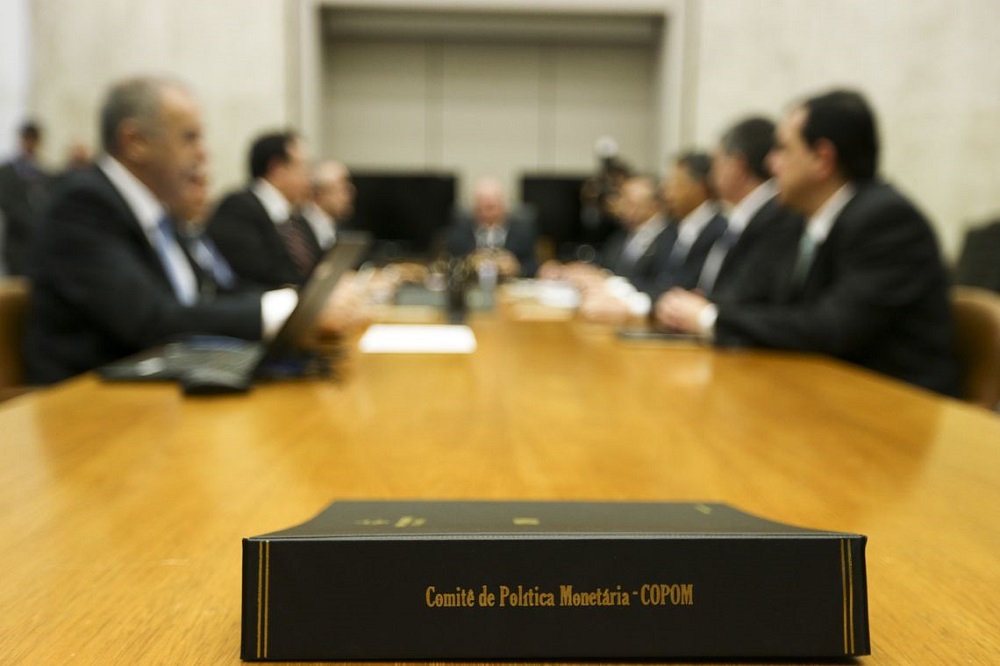RIO DE JANEIRO, BRAZIL – Amid the impact of the war in Ukraine on the global economy, the Central Bank (CB) has further tightened its monetary policy belt. The Monetary Policy Committee (Copom) unanimously increased the Selic rate, the economy’s prime rate, from 10.75% to 11.75% per annum. The decision was expected by financial analysts.
In a communiqué, the central bank said that caution is needed in the current situation. Copom indicated that the next hike will also be by 1 percentage point, but that it may review the pace of monetary tightening as needed.
“For the next meeting, the committee foresees another adjustment of the same magnitude,” he said. Copom emphasizes that future monetary policy actions may be adjusted to ensure the convergence of inflation with its targets,” the text says.

TIGHTENING OF MONETARY POLICY
The rate is the highest since April 2017, when it was 12.25%. This was the ninth consecutive adjustment of the Selic rate. Despite the high level, the central bank reduced the pace of monetary tightening. After three consecutive increases of 1.5 percentage points, the rate was raised by one point.
From March to June last year, Copom had raised rates by 0.75 percentage points in each meeting. In early August, the central bank began raising the Selic rate by one percentage point at each meeting.
With yesterday’s decision (16), the Selic continues its upward cycle after not being raised for six years. From July 2015 to October 2016, the rate remained at 14.25% per annum.
After that, Copom lowered the economy’s key rate again until it stood at 6.5% per year in March 2018. In August 2019, the Selic has lowered again until it reached 2% per annum in August 2020 under the influence of the economic contraction triggered by the Covid 19 pandemic. This was the lowest level in the historical series that began in 1986.
INFLATION
The Selic is the central bank’s main tool for controlling official inflation, which is measured by the broad national consumer price index (IPCA). In February, the indicator closed at 10.54% in the cumulative 12 months, the highest level for the month since 2015, under pressure from fuel and the increases earlier this year in education spending.
The value is above the upper limit of the inflation target. For 2022, the National Monetary Council (CMN) has set an inflation target of 3.5%, with a tolerance margin of 1.5 percentage points. IPCA may therefore neither exceed 5% nor fall below 2% this year.
In the inflation report published by the central bank at the end of December, the monetary authority estimates that the IPCA will be 4.7% in the 2021 baseline scenario.
However, the forecast is outdated by international tensions that are driving up oil prices and by climatic factors that are affecting crops in different parts of Brazil. The new version of the report will be released later this month.
Market forecasts are rather pessimistic. According to the Focus Bulletin, a weekly survey of financial institutions published by the central bank, official inflation is expected to end the year at 5.38%. The forecast was raised after the recent rise in fuel prices.
MORE EXPENSIVE CREDIT
The increase in the Selic rate helps control inflation. This is because higher interest rates make credit more expensive and slow down production and consumption. On the other hand, higher interest rates hinder economic recovery. In the last inflation report, the central bank forecast economic growth of 1% in 2022.
The market assumes slightly higher growth. According to the latest Focus bulletin, economic analysts forecast an increase in the gross domestic product (GDP) of only 0.49% this year.
The prime rate is used when negotiating public securities in the Special System for Settlement and Custody (Selic) and serves as a reference for other interest rates in the economy.
By adjusting the interest rate upward, the central bank curbs excess demand, which puts downward pressure on prices because higher interest rates make credit more expensive and encourage saving.
By lowering the policy rate, Copom lowers borrowing costs and encourages production and consumption, but weakens inflation control. To lower the Selic, the monetary authority must be sure that prices are under control and not threatening to rise.

